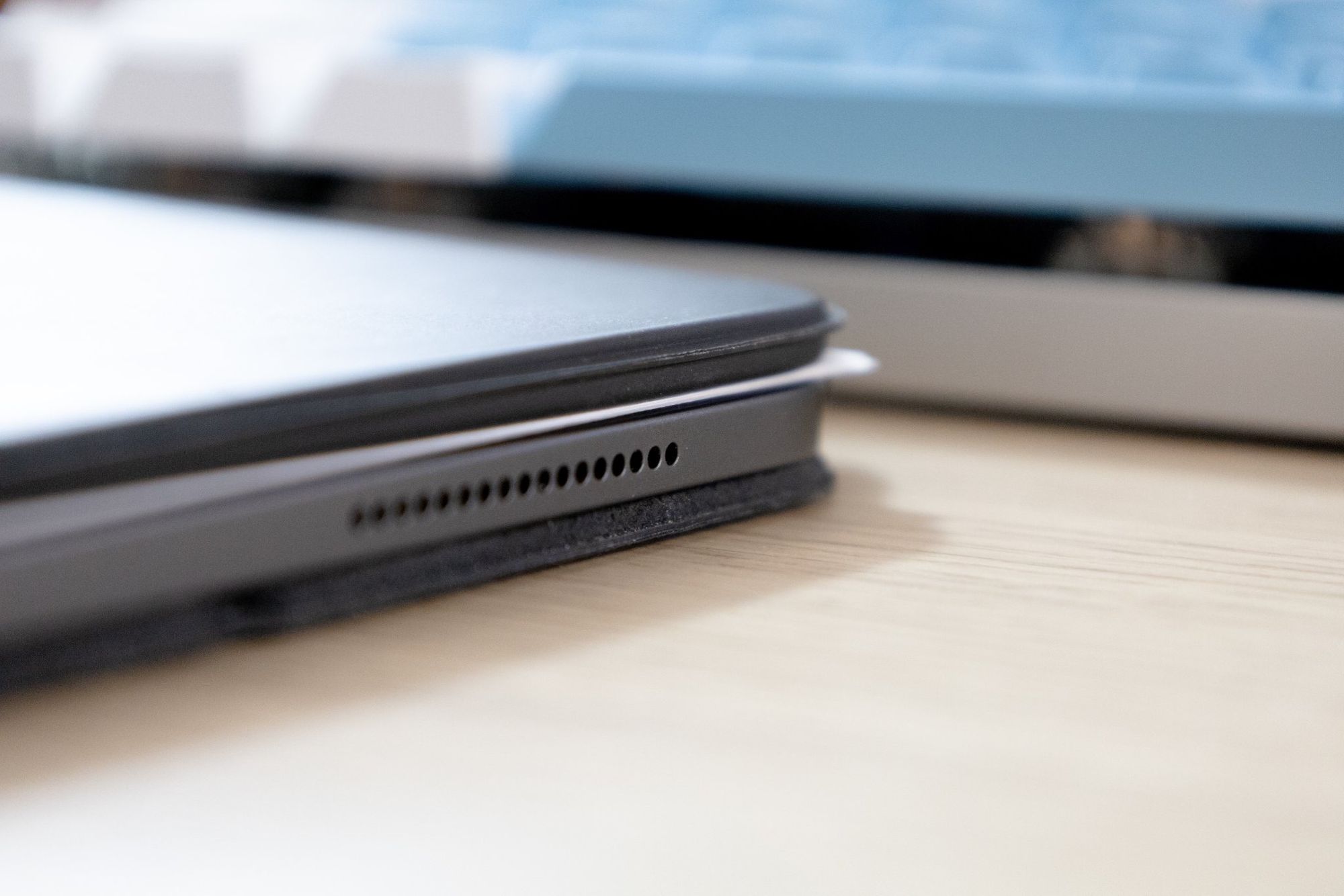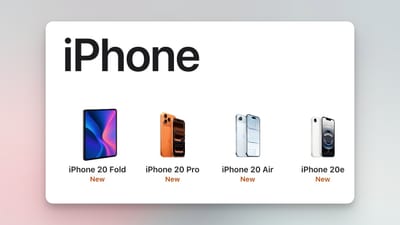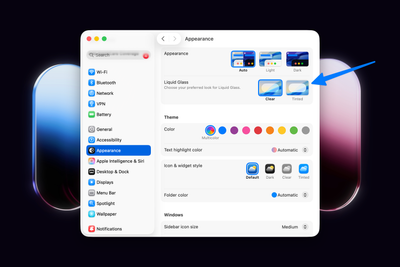About that Magic Keyboard
Yesterday we got word that the new iPad Pros are not compatible with the Magic Keyboard that released almost exactly a year ago today. Let’s talk about it.
Why the Change?
While Apple didn’t give a reason for the change in compatibility, we can look at the differences ourselves and see why this may be.
First, the 11 inch Pro has the same physical dimensions as the 2020 model (it is 1% heavier, though), and the compatibility has not changed there; your original 11” Magic Keyboard will work just fine with the new 11” iPad Pro.
The 12.9” iPad Pro did change a bit more this time though. It’s 0.5mm thicker and 6% heavier than last year’s model. The height and width are exactly the same, but there is a bit of a measurable difference in the product.
Another note is that while the new 12.9” iPad Pro is not compatible with the old Magic Keyboard, old iPad Pros are compatible with the new keyboard. This implies to me that the connector tech is the same, and that the physical differences are the sole cause of the compatibility mess.
The Size Difference
The Magic Keyboard is made of a softer material than finely-tuned aluminum, so there’s some wiggle room in it that has been there from the start. The product is very solid, but there’s simply more give in it compared to all-metal accessories.
To test out the difference, I took a few sheets of printer paper, which happen to be almost exactly the size of the 12.9” iPad Pro, and stacked 7 of them on top of each other, closed the Magic Keyboard, and checked the fit.

The thing closed perfectly, and frankly didn’t feel any different from what it feels like without the additional thickness.
Oh, and why 7 sheets of paper? Printer paper is usually about 0.1mm thick, so I used 7 sheets to simulate at least 0.5mm and avoid any accusations of not adding the full 0.5mm because maybe my paper was 0.09mm thick or something like that.
The other difference is in weight, where the new12.9” iPad Pro is 682g, compared to 641g on the 2020 model. That’s about a 6% increase in weight, and so maybe the magnets are not able to hold up the iPad securely with the new weight.
And in this case the answer is even more clearly “nope, not a problem.” To test this, I took a few household items that added up to 41g, taped them to my iPad, and then put the keyboard on the Magic Keyboard. As you can probably guess, it held on with ease.
This one frankly didn’t seem to need testing at all, as the Magic Keyboard’s magnets are exceptionally strong. The idea that a 6% increase in weight would make it unusable implies that the current magnets are barely holding on, but that’s not nearly the case.
So What’s the Deal?
My suspicion is that while the 2020 Magic Keyboard still technically works with the 2021 iPad Pro’s physical changes, it technically moved it out of the margins Apple would officially support, so they made a new keyboard and officially set compatibility guidelines that push people to buy the 2021 keyboard with the 2021 iPad Pro.
We’ll know for certain when they ship next month, but the thing I’ll be keeping an eye out for is what happens when reviewers try this out for real. My prediction is that everything will work fine, but maybe there’s some physical change that’s not clear that will make this not works as seamlessly as I expect. The worst case would be if reviewers snap on the new iPads to the old Magic Keyboard and there’s a software block that prevents it from working at all together.
Funnily enough, last week I made a video about my keyboard setup and made a comment about how nice it is that keyboards don’t really go obsolete like other tech. I expressed glee that basically any keyboard bought in the past 30 years can plug into a modern computer and work perfectly. This is a strikingly different situation.

